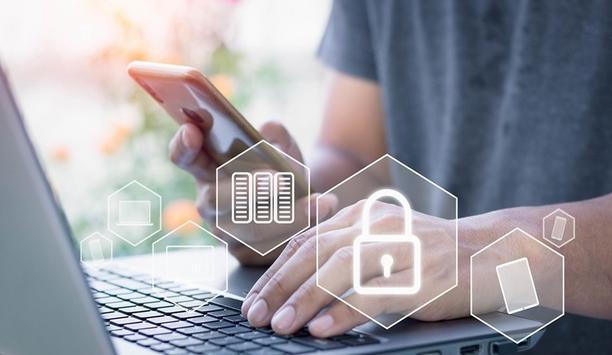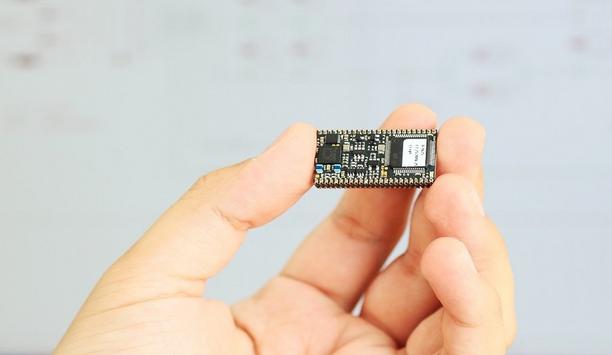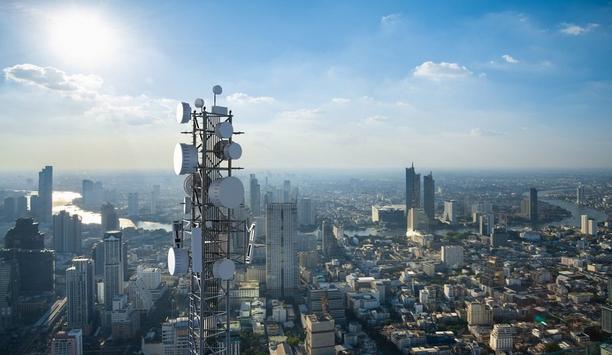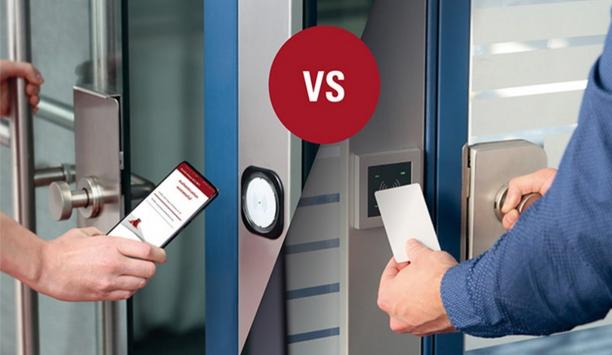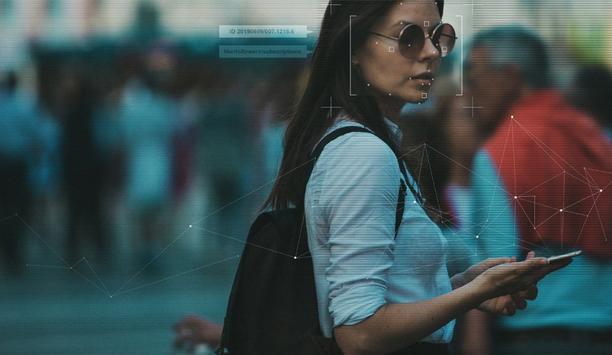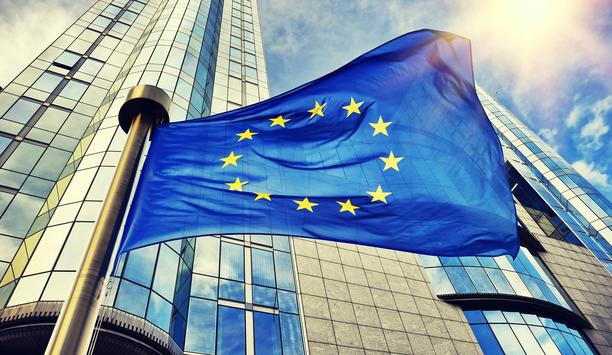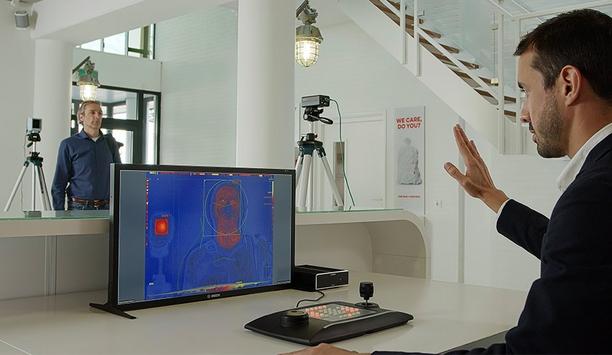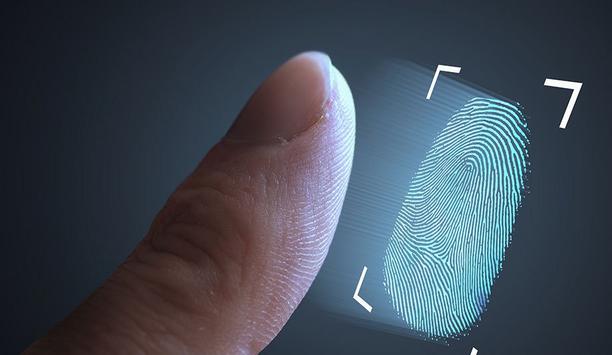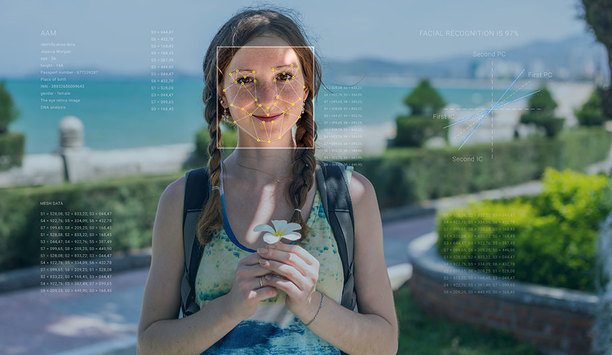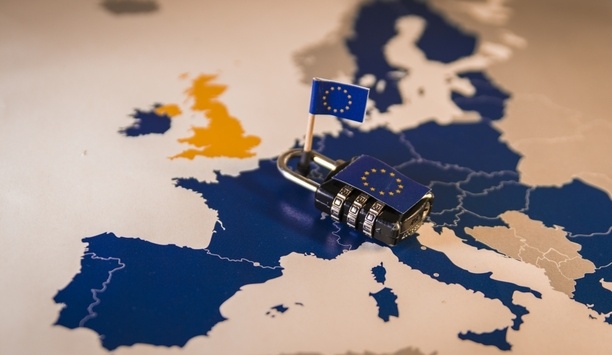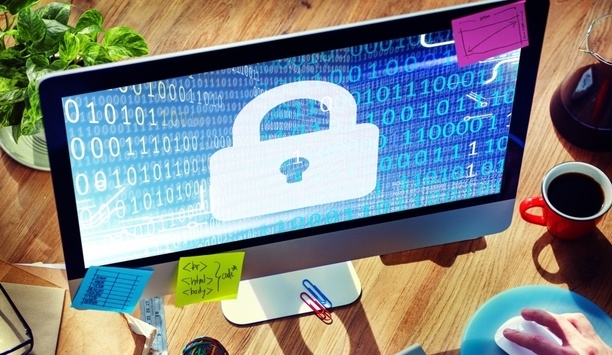GDPR - Expert commentary
The European Union’s GDPR (General Data Protection Regulation) framework represents some of the toughest and most secure privacy laws in the world. Their creation signaled the EU’s dedication to individual privacy rights and generated new standards and requirements for an organisation inside or outside of the EU wanting to do business in the region. This privacy stance raises an interesting question: to what extent (if any) will France be utilising AI-assisted security and biometri...
As city managers, law enforcement agencies, and first responders face mounting pressure to combat crime and respond to emergencies with limited resources, real-time crime centres empowered by a new generation of data-driven technologies are emerging as an effective force multiplier. Real-time crime centres Real-time crime centres (RTCCs) serve as centralised hubs where dedicated personnel leverage pioneering-edge technologies to analyse diverse data streams and provide critical support t...
It’s no secret that the data security sector is constantly changing. It has an annual CGR of about 12.3%. Future trends in data security Much of this has to do with the rise of cybercrime in recent years, with reports showing that cyberattacks happen as often as every 39 seconds. To combat the growing rate of cybercrime, data security has been on the rise. As we journey further into this era, it becomes evident that a spectrum of significant trends is molding the future of data se...
Open platform video technology software is more than just a product; it's a tool that helps customers achieve their desired business outcomes. Safety, round-the-clock security, and increased operational efficiencies are now the norm due to video technology. Responsible Technology Despite humanity’s impressive technological advances, we also recognise the immense responsibility that comes with technological innovation. It's not enough to focus solely on the positive impact video technol...
Along with the growing adoption of cloud, SaaS applications have accounted for more than triple of the account-takeover attacks between 2019 and 2021, alone. Any given breach can potentially bankrupt many small businesses, with average costs reaching USD 4.35 million in 2022, according to a 2022 IBM report. Every business, no matter its size, must minimise these risks by deploying a range of cybersecurity tools and procedures. One of the most important elements is multifactor authentication (MF...
The nuances of data privacy continue to bombard organisations from all angles, and, amid the impending sunset of Universal Analytics (UA), it’s time to stop playing catch-up. Instead, by enacting future-proofing strategies around data as a first port of call, long-term compliance can be achieved as an automatic byproduct. Data privacy At data privacy’s ‘sunrise’, companies’ efforts were largely targeted towards the customer, ensuring that the ever-growing extent o...
In recent years, multinational corporations such as Cathay Pacific, Facebook, Uber, and numerous others have been heavily fined due to security and data protection violations. This period has seen data protection laws increase as more and more information is gathered and shared online. As such, it becomes crucial to account for security capabilities when choosing an embedded device that touches potentially sensitive data. RFID readers RFID readers very much belong to the ecosystem wherein per...
Although the wider adoption of 5G, together with faster connection speeds and improved bandwidth, opens up new prospects for telecom service providers, it also poses new risks in terms of network security. This article explains how telcos can make their newly-established 5G networks as well as telecom software solutions more impenetrable and secure. Implement robust device authentication protocols 5G is set to spur a wide-scale adoption of connected devices in the business and consumer sphere...
The smartphone is an integral part of our daily routines. The communication and entertainment device of yesteryear has become a serious player with which we increasingly handle sensitive processes, such as payment transactions. BLE or NFC authentication At the supermarket checkout, more and more customers are pulling out their smartphones instead of their wallets. Apple Pay, Google Pay, or specific banking apps make it possible: to hold the smartphone in front of the reader of the checkout sys...
In the UK there is a new data reform act working its way through the legislative process. As the law changes, the market changes – so this year will see many companies trying to read the tea leaves and adapt their offerings to take advantage of the emerging changes. The security marketplace is, apparently, constrained by the need for great privacy – it appears to be a zero-sum game – you can have privacy, or you can have security, you can’t have both. In the second half...
Every day, millions of people worldwide use their personal credentials to prove their identity and access a range of services, from databases in their workplace to the banking app on their smartphone. But while this ensures only authorised people have access to certain systems, the use of this personal data opens users up to cyber risks, primarily in the form of identity theft. On Identity Management Day, Source Security spoke to seven IT and cybersecurity experts to discuss their experiences a...
Most individuals have strong opinions about what is more essential to our civilisation: personal privacy or security. After more than a decade of technology enabling greater and greater amounts of Personally Identifiable Information (PII) and data harvesting, now the pendulum is swinging towards a society that places more emphasis on individual rights and privacies. This shift is manifesting in a variety of ways, quickly changing the technology, security and cyber security landscapes, and requi...
Recently, the European Parliament called for a ban on police use of facial recognition. In the US, too, some cities have restricted police use of facial recognition. The first question that comes to mind is - why ban police from using technology that is allowed to private companies? Point of difference The key difference between the way police use facial recognition and the way commercial facial recognition products work is that: The police get a picture of a suspect from a crime scene and wan...
As the number of connected devices increases worldwide, the ways that they are being used, designed, and tested have also expanded. The rise of connected devices is demanding engineers to harness the power of the internet of things, which is expected to hit 28 billion by 2025. A comprehensive approach to device design is needed more than ever to address the challenges that this rapid growth will bring. Why engineers should be using IoT technology in product design The demand for devices desig...
Amongst the many negative consequences of the pandemic is a rise in violent and abusive behaviour across society. Health workers have experienced it on a regular basis. So too have police officers and public transport workers. Unfortunately, violence and abuse towards shop workers is also endemic in British society. To address this problem which, in truth, has been on the rise since long before the emergence of COVID-19, we need better deterrents. The ability to prosecute these offences is one...
The transition to remote working has been a revelation for many traditional office staff, yet concerns over data security risks are rising. Mark Harper of HSM explains why businesses and their remote workers must remain vigilant when it comes to physical document security in homes. Pre-pandemic, home offices were often that neglected room in people’s homes. But now things are different. After the initial lockdown in 2020, 46.6% of UK workers did some work at home with 86% of those doing s...
Q: Mr. Seiter, Mr. Ekerot, you both joined Bosch Building Technologies’ business unit Video Systems & Solutions as Senior Vice Presidents in March 2020, when the Coronavirus pandemic was just beginning. How did your business unit get through 2020? Magnus Ekerot: The crisis was also felt at Bosch. At the same time, demand has risen for solutions that keep businesses open and protect people's health. We offer corresponding video solutions that can make a significant contribution to con...
Recently contacted by your credit card company because of a data breach or were you a victim of identity theft? Many of us have either been affected by identity theft or know someone who has been affected. Many consumers are seeking a secure environment that is also user-friendly. Businesses are seeking the same, with absolute certainty, that only valid users can access critical data. How can your company tackle these security and usability requirements while ensuring customer satisfaction...
At ISC West this year, emerging technologies will be on display to help organisations manage their environments, from the building itself to who’s on the premises and what’s going on at any given moment. Top of mind this year is cybersecurity, compliance and management of security assets as threats rise and governing bodies put regulations in place that businesses need to react to. The good news is that the shift in approach to holistic monitoring of cyber and physical assets can mov...
Cloud technologies and the IoT have opened up seemingly endless possibilities for the modern retail organisation. Customers have never had as much control over purchasing decisions as they do today, with the ability to make transactions at the touch of a button for goods and services from the comfort of their own homes or on the move. However, the customer data lying at the heart of this frictionless shopping experience presents an ever more attractive commodity to cyber criminals. Attacks are...
There’s a lot of hype around the term ‘digital transformation.’ For some, it’s the integration of digital technology into everyday tasks. For others, it’s the incorporation of innovative processes aimed at making business optimisation easier. In most cases, digital transformation will fundamentally change how an organisation operates and delivers value to its customers. And within the security realm, the age of digital transformation is most certainly upon us. Tech...
In the next three years, software as a service ‘SaaS’ is likely to grow by around 23%. That’s according to reports by Cognizance. It’s growth rests on the adoption of cloud public, private and hybrid. Without the cloud applications can’t truly pervade an organisation, nor can operational or customer benefits be derived. But there’s no point in adopting the cloud if it’s not secure - the proliferation of SaaS demands security, none more so in a GDPR wor...
The past decade has seen unprecedented growth in data creation and management. The products and services that consumers use every day – and the systems businesses, large and small, rely on – all revolve around data. The increasing frequency of high-profile data breaches and hacks should be alarming to anyone, and there’s a danger data security could worsen in the coming years. According to DataAge 2025, a report by IDC and Seagate, by 2025, almost 90% of all data created in t...
We’re here again. The end of another calendar year, and a time when many organisations are assessing their performance over the past 12 months and finalising strategic plans for 2019. Taking time to reflect on where our industry is at – and what’s likely to happen in the future – is important for all organisations as they set out their long-term goals and tactics. Here are some of the key trends to watch in the months to come and some predictions on their potential to i...
The security marketplace is talking about a lot of different subjects. Our website’s Expert Panel Roundtable discussions in 2018 reflected some of the “hot topics” in the industry. The very most-clicked-on Expert Panel Roundtable discussion in 2018 was about privacy issues and GDPR’s impact on physical security systems. Other hot topics that made the Top-10 list of roundtable discussions included obstacles to adoption of mobile credentials, what’s new “...
There are two types of people in the world as it relates to privacy. Those that care about their privacy and sadly, those that don't. This divide continues to be further separated with the constant flood of cyber security breaches that we hear about. We, as consumers, can no longer get a cheap hamburger without hearing that once again, the information we want to be kept secret, has been breached. The old phrase of "you can lead a horse to water but you cannot make him drink" rings true as we a...
When a child goes missing in a large, crowded mall, we have a panicking mom asking for help from the staff, at least a dozen cameras in the area, and assuming the child has gone missing for only 15 minutes, about 3 hours’ worth of video to look through to find the child. Typical security staff response would be to monitor the video wall while reviewing the footage and making a verbal announcement throughout the mall so the staff can keep an eye out for her. There is no telling how long it...
As most of us are well aware by now, from 25th May 2018, every EU country will be subject to the new General Data Protection Regulations (GDPR), changing the way personal data is handled by strengthening compliance requirements and introducing strict penalties for failing to adequately protect personal data. All UK businesses must be conscious of the new rules and make the necessary changes, since non-compliance can result in data breaches and massive fines of up to 20 million Euros, or 4% of t...
The Internet of Things (IoT) is having a significant and ever-changing impact on the way we view video security. Today, cameras are expected to be so much more than devices with which to simply capture images; they need to be far smarter than that. These future-facing cameras are becoming an integral part of the vast digital connectivity infrastructure, delivering a parallel performance as intelligent sensors with the ability to extract the kind of invaluable data that helps businesses make impr...
Until recently, data laws have differed from one country to the next. This meant that for those organisations conducting business or protecting assets abroad, they needed to localise both their infrastructure and policies dependant on the country they were operating in. However, with the impending arrival of the EU GDPR (General Data Protection Regulation), which comes in to force on the 25th May this year, all of that will need to change. Data management in CCTV surveillance Surprisingly, des...
Using artificial intelligence (AI) to automate physical security systems
DownloadA modern guide to data loss prevention
Download7 proven solutions for law enforcement key control and asset management
DownloadThe truth behind 9 mobile access myths
DownloadAccess control system planning phase 2
Download



